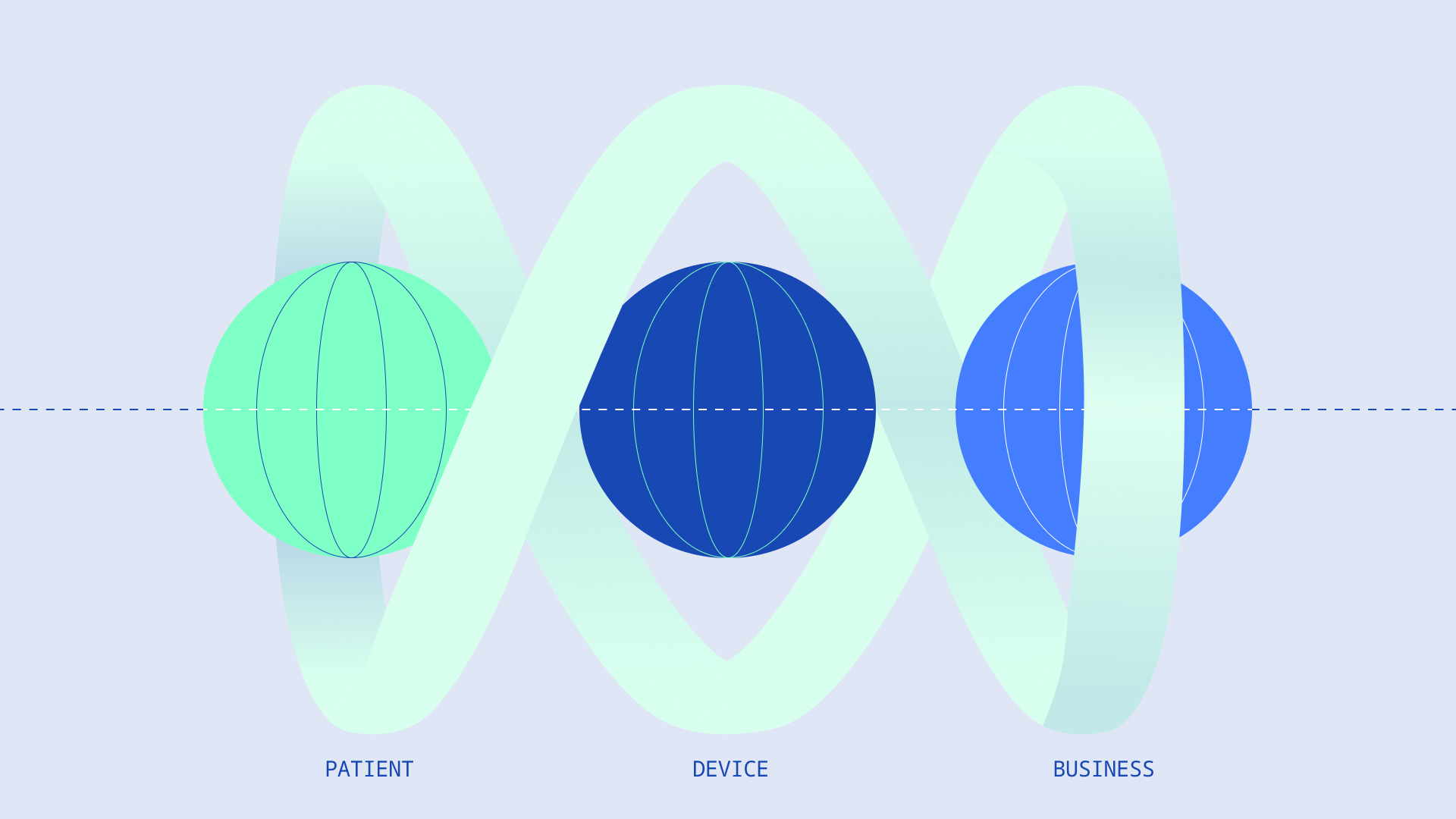Many factors can delay a software development project or negatively impact the final product. A single, often overlooked factor that can have a major trickle-down effect across the entire software development lifecycle (SDLC) and affect the product after release is code complexity. The more complex a codebase is, the harder it is to maintain, and the pitfall of complex code is common and costly.
What is code complexity, and why is it important?
Code complexity measures the difficulty of building, understanding, modifying, and maintaining code. It can refer to the entirety of a software system and any of its segments. This complexity can arise from various factors, including the codebase’s structure and size, the interdependencies between different parts of the program, the use of complex algorithms and data, and its overall design and architecture.
Complex code can be difficult to avoid due to short project timelines, the team’s unfamiliarity with the technology used, or poor prototyping. Sometimes, it is inherited from previous developer teams and is called “legacy code.”
Left unattended, excessively complex code can create various challenges down the road. These challenges include finding and fixing bugs, roadblocks in planning for software updates or integrations, issues in adding new features, testing, and maintenance. Complex code can also make onboarding new team members or collaborators difficult, especially when outsourcing software development later. The developers who join the project late may need to spend considerable time understanding and disentangling the legacy of complex code. Complex coding issues may ultimately result in project delays, reputation damage, team frustration, employee churn, and financial losses.
Conversely, low code complexity can help prevent many of these issues with clear, readable code that enables a successful development process. In a way, code complexity is the software engineering version of the “less is more” principle, where simplifying matters generates greater value.
Measuring code complexity
Since code complexity can tremendously impact the development process, it’s no surprise that experts have spent considerable time developing complexity measurements. Examples of these metrics include Halstead complexity metrics, which count distinct operators and operands; Lines of Code, a measurement that counts the lines in a source file; and Depth of Inheritance, which measures the length of the node to the root of the tree to determine inheritance levels in an object-oriented program.
For many development teams, it may be difficult to settle on a method of code complexity. In addition to choosing from various metrics, the measurement should align with the development project’s goals and be accessible to the team. Here’s a breakdown of two of the most popular metrics: cyclomatic and cognitive complexity.
Cyclomatic complexity
Developers calculate cyclomatic complexity using a relatively simple mathematical equation, resulting in the number of linearly independent paths in the examined code section. The calculation is done via the program’s control flow graph. The key strength of this measurement is that it can quantify the complexity of a code system based on its decision-making structure. This helps indicate room for improvement and simplification in the code and points to priority areas for testing. However, as it focuses on control complexity rather than data complexity, it can paint an incomplete picture.
Cognitive complexity
Cognitive complexity is the metric that is predominantly used, it attempts to quantify how well humans can understand and read an examined piece of code. It is a comprehensive measurement that considers several important aspects of code: control flow, function length, code structure, usage of libraries, and documentation. There are different techniques to calculate cognitive complexity, but most rely on static analysis tools such as SonarQube. Such tools involve various factors (control flow complexity, code smells, etc.) to assign a cognitive complexity score for all functions and classes, respectively. Because this metric assigns weights to different programming structures, it can provide development teams with a more nuanced measurement of complexity.
5 Key benefits of low code complexity
Writing code that is easy to understand has a holistic, beneficial effect on all stages of the SDLC. These are five main benefits of low code complexity:
1. Easier collaboration
A low code footprint is easy to understand and helpful for teams engaged in shared work, as it supports onboarding, testing, and handover processes. In today’s world, where most companies work with external partners to deliver solutions, readability and comprehensibility of the code for all parties involved becomes top priority.
2. Improved code maintenance
Code maintenance refers to post-deployment code modifications that mitigate or prevent problems. Reducing code complexity makes it easier to maintain code, allowing different developers to understand and implement changes post-deployment and ensuring that such modifications have a clearer impact on other areas of the code and software infrastructure.
3. Increased productivity
Writing less complex code creates a substantial cumulative positive effect on the duration of the SDLC by freeing developer time and creative energy to focus on new tasks and features instead of fixing complex and faulty solutions. As a result, companies can benefit from releasing improved features and functionalities, more products, and reduced time to market, which helps them stay ahead of the competition.
4. Cost Savings
Clean and simple code enables an accelerated development process, which can help an organization stay on budget and avoid costly delays. Also, it’s more expensive to correct post-deployment errors in complex code — reducing complexity reduces the time and cost of repair.
5. Risk management and governance
Complexity can conceal vulnerabilities. Clear and readable code reduces the risk of undetected bugs and critical failure and helps stop and prevent potential issues early. Low code complexity also improves and supports software performance and reliability and eases the integration of risk management practices into the SDLC. This is particularly helpful for regulated industries that need to meet government and internal compliance standards.
The importance of prioritizing code complexity in the SDLC
Code complexity must be considered as a critical aspect of the development process. High complexity can trigger a chain of events with adverse effects across the entire development lifecycle. To reduce code complexity, you should focus on removing obsolete code, simplifying logic by avoiding things like nested loops, and writing readable code that keeps functions and components small. Your team should also conduct code reviews throughout the SDLC to identify and correct high code complexity early. These practices not only enhance software quality and reduce maintenance costs but also support compliance, security, and overall business objectives, ensuring smoother project execution and long-term success.
Addressing code complexity early in the SDLC is crucial for maintaining code quality, ensuring project success, and meeting compliance standards.
How clients benefit from HTEC’s low-code practices
HTEC’s focus on high-quality code generates tangible value for clients. According to the SonarQube code analysis report, the cyclomatic complexity of HTEC-produced code is up to eight times lower than that of industry counterparts, while its cognitive complexity is up to 11 times lower than the industry average. This results in a major reduction of technical debt, fewer blocker issues, and a substantial decrease in security-critical issues for clients.
Quantifying the value
Less complex, standardized code means faster onboarding (HTEC’s average onboarding period of one month is three times faster than the industry average) and decreased development and maintenance costs (HTEC has a monthly average of zero to low single-digit defects across the lifecycle).
The 2024 Total Economic Impacttm study, commissioned by HTEC and conducted by Forrester Consulting, also reflects the impact of HTEC’s low-code practices. The study featured results based on a composite organization and quantified the value generated through HTEC’s development practices. According to the study, HTEC decreased digital product release time by 12 months across three-year engagements, producing an 82% return on investment (ROI) and generating a net present value of $3.6 million.
Want more tips to improve your SDLC? Download our quick-reference infographic.





